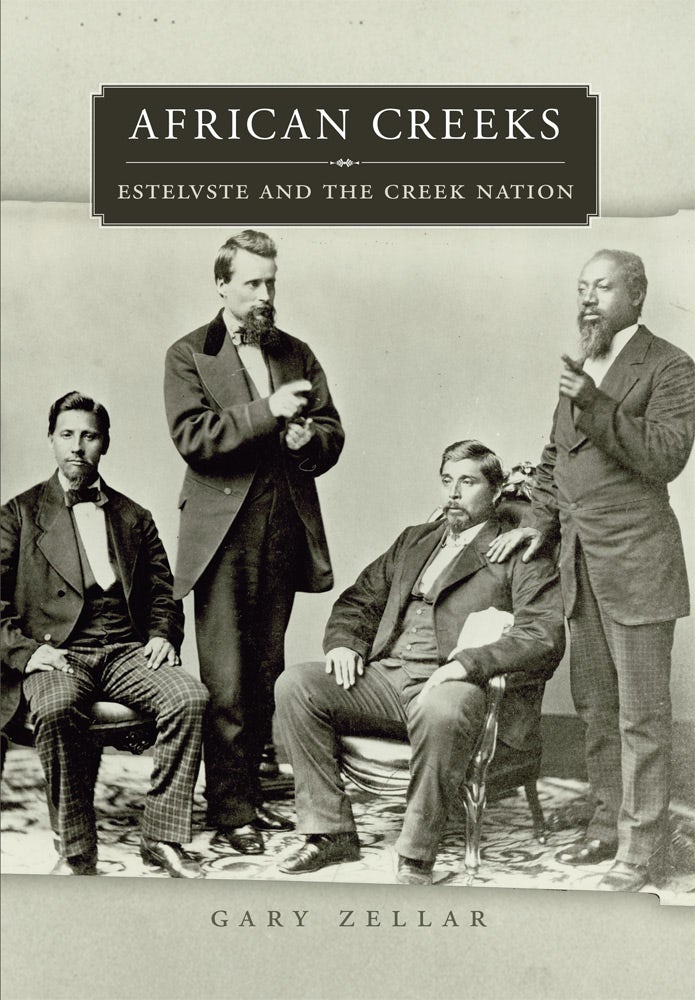“Being a Half-breed”: Discourses of Race and Cultural Syncreticity in the Works of Three Metis Women WritersPosted in Articles, Canada, Literary/Artistic Criticism, Media Archive, Women on 2010-09-26 20:29Z by Steven |
Canadian Literature
“Native, Individual, State”
Number 144, Spring, 1995
pages 82-96
Jodi Lundgren
In his introduction to All My Relations, Thomas King asserts that “being Native is a matter of race rather than something more transitory such as nationality”: “one is either born an Indian or one is not.” While King adds that there is no “racial denominator” among Natives and that it is important to “resist the temptation of trying to define a Native,” at least until the body of work by authors of Native ancestry reaches some sort of critical mass,” he contends that Indianness is an inborn genetic trait (x-xi). The danger of King’s position is elucidated by ethnohistorian James Clifton:
the uncritical use of Indian, White, and Black, and the associated ethnocentric assumptions about ancient differences in behaviour and potentialities, history, and culture effectively block analytic thinking. These historically derived, culturally patterned, institutionally reinforced convictions include such persistent ideas as being and becoming Indian is a matter largely of biological ancestry, that Indianness is fixed by blood. A related assumption is that the labels White and Indian mark sharply defined categories—culturally defined ways of sorting diverse people into a few classes. A further assumption is that these differences are primordial, inevitable, original, durable and natural. (23)
In other words, when race is considered anything more than an “accident of birth” (King xi), biological determinism soon follows and is inevitably used to justify and perpetuate the disempowerment of oppressed groups. Historically, as Noel Elizabeth Currie asserts, Europeans constructed the different “races’ they encountered in their colonialist and imperialist ventures as “inferior” and “savage’ in order to exploit them economically; contemporary Canadian society, internalized racism is a key element in Native people’s oppression. Beatrice Culleton’s novel April Raintree demonstrates the way in which a light-skinned Metis girl, for whom assimilation into white society appears a possibility, is convinced by her teachers, foster family, and social workers that Native people are responsible for their own disempowerment and that their social positioning is unalterable. Growing up isolated from any Metis community, April Raintree perceives her options as dichotomous: either become the drunken Indian Other or assimilate. In contrast, Maria Campbell’s autobiography Halfbreed illustrates the validating effects of having been raised in a family with a strong sense of Metis identity. Situating the Metis historically, Campbell characterizes their identity as a cultural construct; her emphasis is thus on ethnicity rather than race. In I Am Woman and Sojourner’s Truth, Lee Maracle too focusses not on race but on cultural heritage and political disempowerment as determinant of Metis experience. Hybrid by definition, Metis identity is predicated upon what is “an inescapable and characteristic feature of all post-colonial societies,” namely, cultural syncreticity (Ashcroft, Griffiths and Tiffin 30). Thus, a positivist emphasis on race such as that put forth by Thomas King is peculiarly problematic for the Metis. That racial stereotyping has had a devastating impact on the Metis and other Native peoples is, however, undeniable. Its operation is thoroughly explored in April Raintree…
Read the entire article here.


